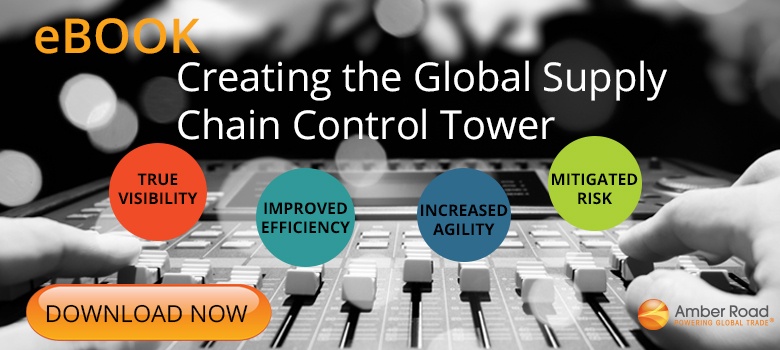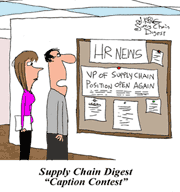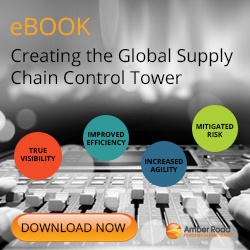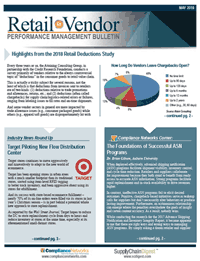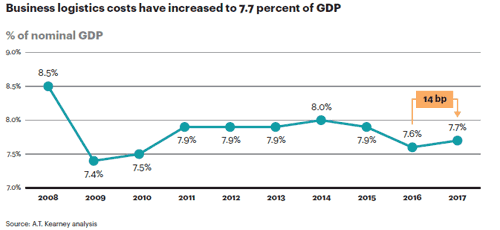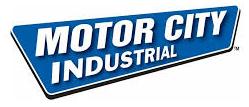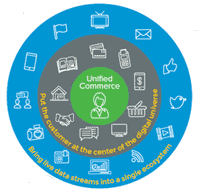 |
June 21, 2018 - Supply Chain Flagship Newsletter |
 |
|
 |
|
|||||||||||||||||||||||||||||||||||||||||||||||||||||||||||||||||||||||||||
|
||||||||||||||||||||||||||||||||||||||||||||||||||||||||||||||||||||||||||||
|
|
|
YOUR FEEDBACK
We had a couple of good questions from our video interview with Jessica Butler, on the new report on trends in retail chargebacks from her company, Attain Consulting Group. See the questions and the responses below.
Feedback on 2018 Retail Deductions Study:
![]()
I was watching your update Monday on Trends in Retail Chargebacks.
I was surprised to hear that on time delivery was not ranked higher in the non-trade chargeback area.
Many of the grocery customer have put in new fees/fines similar to Walmart OTIF.
In this transportation environment, I would have expected a bigger impact here.
What are your thoughts?
Deb Schultz
Director, Transportation
Post Consumer Brands
Editor's Note:
I am not completely sure, but I believe the ranking was simply on most common occurrences. So, especially in apparel, having picking/packing errors in so-called split case cartons (different SKUs in one shipping carton) is relatively common, and thus it would not surprise me if that was more common than late shipments.
Think that is a reasonable explanation.
Dan Gilmore

![]()
What technology was Jessica referring to that can automate managing deductions for organizations?
Ashley Sobieck
Customer Compliance Manager
Perrigo Company plc
Response from Jessica Butler:
There are a number of different cloud-based technology tools out there that can automate various parts of the deduction management process. The tool that I feel is the most flexible and offers the most functionality is from HighRadius Corporation. They have a variety of different solutions across the entire AR process. Some of the deduction-related automation features include:
• Cash application pre-processing with customer specific rules to code deductions based on different customer remittance information
• Automatically retrieving claim documentation and PODs from customer & carrier portals and/or emails, eliminating manual effort associated with retrieving backup
• Creating 'pre-deductions' from claim documentation even before deductions have been received - allowing analysts to get a jump start on validation / research activities
• Centralized cloud-based portal to track deductions, upload documentation, add notes, route to various users, approval workflow
• Ability to automate dispute process on both customer portals and/or via email / fax / postal mail
o Auto populate / post disputes on customer portals for those who require disputes to be done via portal
o Auto generate customer correspondence to be emailed / faxed / mailed for things such as disputes, request for additional back up

SUPPLY CHAIN TRIVIA ANSWER
Q: How much are US truckload rates up since the Cass Linehaul Index was launched in 2005?
A:33.7% - an annual growth rate of only about 1.6%, believe it or not.
| © SupplyChainDigest™ 2003-2018. All Rights Reserved. SupplyChainDigest PO Box 714 Springboro, Ohio 45066 |
POWERED BY: XDIMENSION
|
